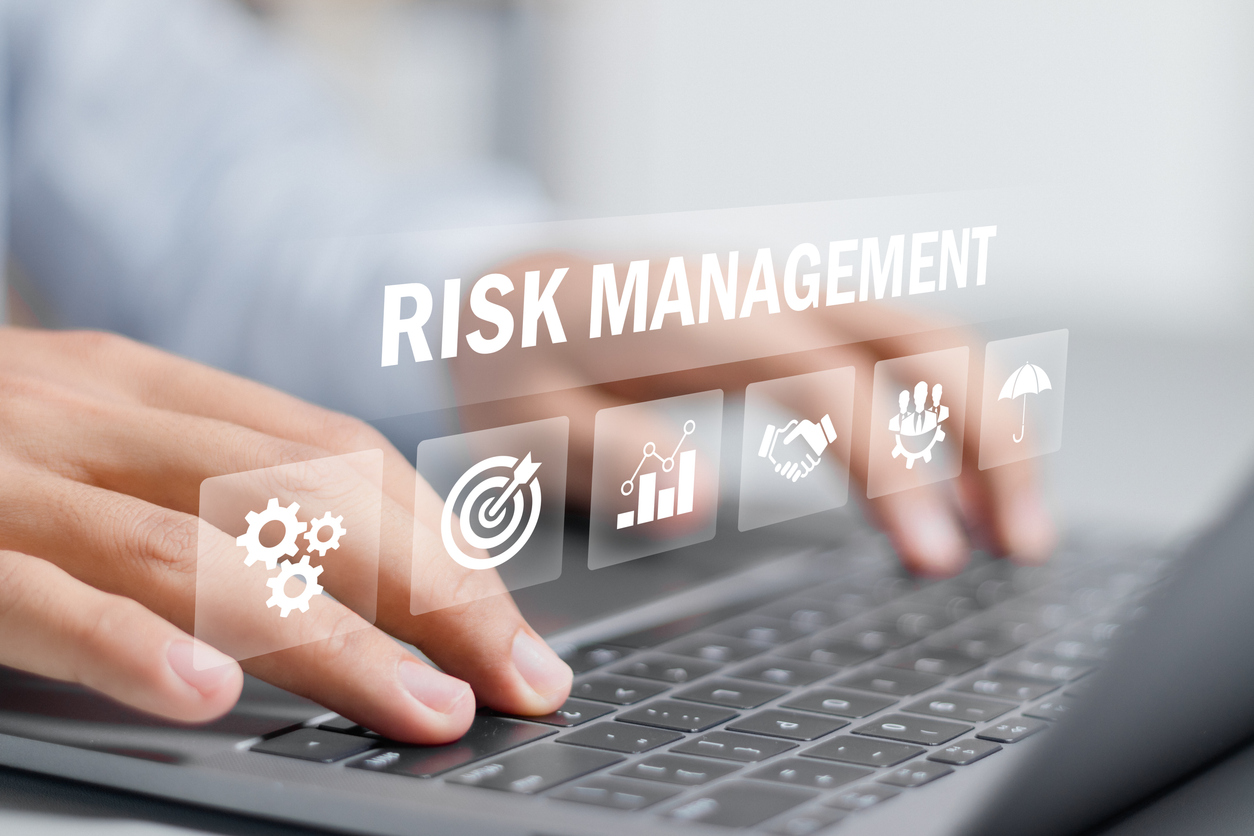
February 20, 2025
Mitigating Risk and Navigating Uncertainty: How YW Boston is Planning for a Shifting DEI Landscape
As Executive Orders emerge from the new presidential administration, particularly those intended to dismantle diversity, equity, and inclusion (DEI) initiatives, it’s important for organizations to stay vigilant, adaptable, and proactive. Last summer, YW Boston took the time to reflect on the potential risks and opportunities we might face depending on the outcome of the 2024 U.S. presidential election. We knew we had to prepare for the unpredictable and take concrete steps to safeguard our mission, our work, and the communities we serve.
Identifying Risks and Opportunities
In our discussions, we asked ourselves several critical questions to better understand the landscape we might be walking into:
- Are there parts of our work that we can grow, regardless of the political outcome?
- What aspects of our mission and services could be threatened?
- How might key partners and clients be impacted by shifts in policy or leadership?
- How could the individuals we work with and serve be affected by potential changes in law, policy, or rhetoric?
- What are the operational implications for our organization?
- How might our staff be impacted by shifting policies?
- How might shifts in the political environment influence our fundraising or fee-for-service revenue?
This exercise gave us the opportunity to think deeply about a wide range of possible scenarios. We understood that by recognizing both risks and opportunities in advance, we could prepare ourselves to respond with agility and be better able to support the communities we serve and our staff.
Refining Our Approach Post-Election
After the election, we revisited our planning exercise with renewed urgency, digging deeper into our insights and pinpointing specific indicators that would signal a need for action. In addition to identifying warning signs, we also outlined specific actions we could take in the short term.
One key priority was the security of our office, especially considering our very public focus on race and gender equity. Given the potential for increased tension and hostility, we took steps to strengthen the physical security of our building. While these conversations were sobering, they also helped us move from a place of overwhelm to one of concrete action.
Communicating Our Risk Management Strategy
We made sure to communicate our high-level strategy to both our Board and staff. During a hybrid staff meeting where we reviewed our monitoring process and action steps, the atmosphere was understandably heavy. However, several staff members expressed reassurance that we were proactively thinking about and preparing for a wide range of possible scenarios. Knowing that we are actively planning for various outcomes provided a sense of stability and purpose, even in the face of uncertainty.
Next Steps: Operationalizing the Tactics
As we move forward, we will continue to engage our Board and staff in refining and operationalizing our risk mitigation tactics. We’re taking a strategic approach to each potential risk, adopting methods like accept, monitor, and avoid to help guide our decision-making process.
Although the day-to-day work of delivering on our mission, combined with the current flood of executive orders, and news headlines can be overwhelming, taking the time to engage in this kind of planning is crucial. It allows us to better support our staff, adapt to shifting external conditions, and remain a resilient, impactful organization. In the coming weeks and months, we will continue to provide updates and resources to both our team and the broader community.
Resources for Risk Management and Scenario Planning
For organizations navigating similar challenges, we’ve found several resources helpful in guiding our risk management and scenario planning process:
Accept, Monitor, and Avoid Method
Accept: This technique involves accepting the risk and collaborating with others in order to share responsibility.
Monitor: This technique includes intentionally tracking the risk and setting indicators that trigger action.
Avoid: This technique usually involves developing an alternative strategy.
If your organization lacks the internal capacity to facilitate this type of planning, our consulting and training team can help with action planning.
Looking Ahead
As we move forward, we remain committed to our mission of advancing racial and gender equity. Rather than backing down, we are leaning into this critical work. We know the same is true for many of our existing partners, particularly around Boston where we have a community. We know that in times of uncertainty, our resilience is tested, but it is precisely through thoughtful planning, transparency, and collective action that we will continue to move forward with strength. We are committed to providing ongoing resources, support, and communication to our staff, board, partners, and the communities we serve.
Together, we will continue to advocate for equity, address risks proactively, and ensure that our work can thrive no matter what challenges lie ahead.

